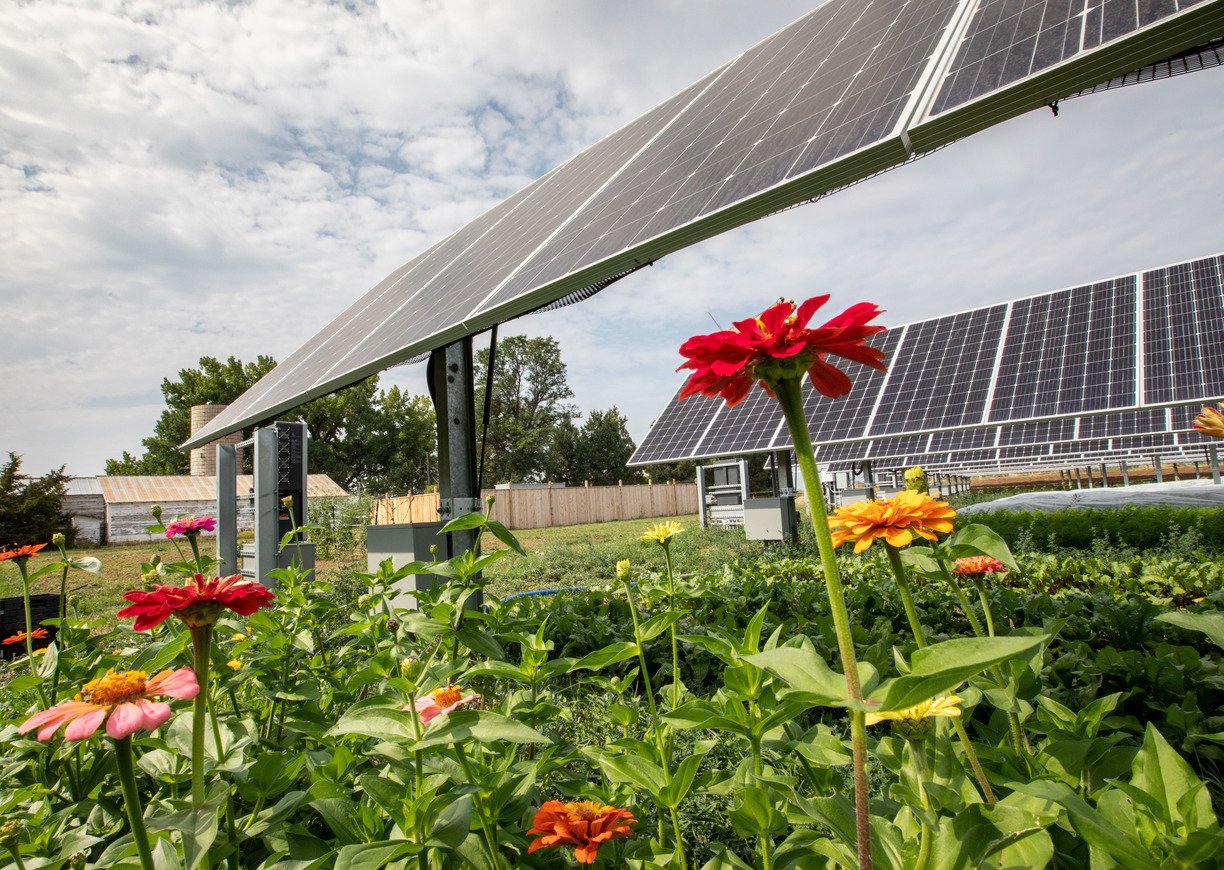HF 2310 ensures Minnesota will continue as a community solar pioneer with equal access to clean, affordable energy for all Minnesotans.
St. Paul, Minn. — Governor Tim Walz signed HF 2310, Minnesota’s Environment, Natural Resources, Climate, and Energy Omnibus Bill, in part to amend Minnesota’s community solar gardens (CSG) program, its implementing agency, and maximum capacity, as the state looks to continue leading the country in community solar development.
Community solar gardens are off-site solar facilities where customers can sign up for a subscription for a share of the electricity produced to help both offset their energy use and realize savings on their monthly utility bill. In Minnesota, consumers were facing difficulty signing up for projects due to geographic siting restrictions and developers were frustrated with various archaic program limitations long overdue for changes. HF 2310 thoughtfully address these issues and more and ensure all Minnesotans, including renters as well as low-to-moderate income (LMI) customers, can participate in the clean energy transition.
“Years of work with subscribers, community members, and fellow legislators have led to this legislation,” said Representative Patty Acomb. “Minnesotans have long supported community solar — and now have full reassurance that we as a state will continue to lead the nation in providing clean energy and local economic opportunities through community solar programs.”
Under current law, community solar subscribers were required to subscribe to CSG facilities within their same county or an adjacent one. Issues arose when areas with high demand for subscriptions reached capacity despite consumer demand, and typically more rural counties were effectively not able to host projects due to limited access to subscribers. With this new law, the arbitrary restriction has been removed, creating equal access for all Xcel customers.
“It’s a new era for community solar in Minnesota,” said Logan O’Grady, Executive Director of the Minnesota Solar Energy Industries Association (MnSEIA). “These long-awaited program updates are a huge signal to the country that Minnesota is a great place to do business. Our state was proud to host the largest community solar program in the country for many years, and these important legislative changes will help us remain a leader. Lawmakers just created hundreds of megawatts of clean energy that will benefit all Minnesotans; from farmers to renters to schools to low-income communities and more. MnSEIA was honored to work on this legislation on behalf of our members and with our partners, including CCSA.”
Additionally, maximum capacity for a CSG has gone from one megawatt to five megawatts under the new law. Key to ensuring that all Minnesotans can access community solar, the new law also prioritizes allocating capacity to LMI households, public interest subscribers, and affordable housing residents. Projects in the new program must dedicate at least 55 percent of the CSG’s capacity to the above-mentioned groups.
“Due in large part to community solar detractors, negotiations to modernize Minnesota’s community solar program, and the subsequent benefits it’d bring Minnesotans, have experienced delays year after year. This session proved to be a different story, however, as negotiating led to the passage of this fair, equitable, and sustainable set of updates to the community solar program that both charts the pathway to its success and realigns it with leading community solar markets across the country for years to come,” said Kevin Cray, Senior Regional Director of Policy and Governmental Affairs at the Coalition for Community Solar Access (CCSA).
Existing CSG programming will remain open until the new program starts, so Minnesotans won’t miss a beat in reaping the benefits of community solar. By shifting implementation to the state Department of Commerce’s purview, Minnesota’s revitalized community solar programming has boosted its ability to access and leverage Greenhouse Gas Reduction funds from the IRA to bring business opportunities to the local economy.
Across the country, community solar is continuing to grow as consumers realize its benefits and federal incentives spur further investment. With guidance for major programs and tax credits under the Inflation Reduction Act being released, Minnesota is taking the right steps to see its community solar program continue to flourish.




